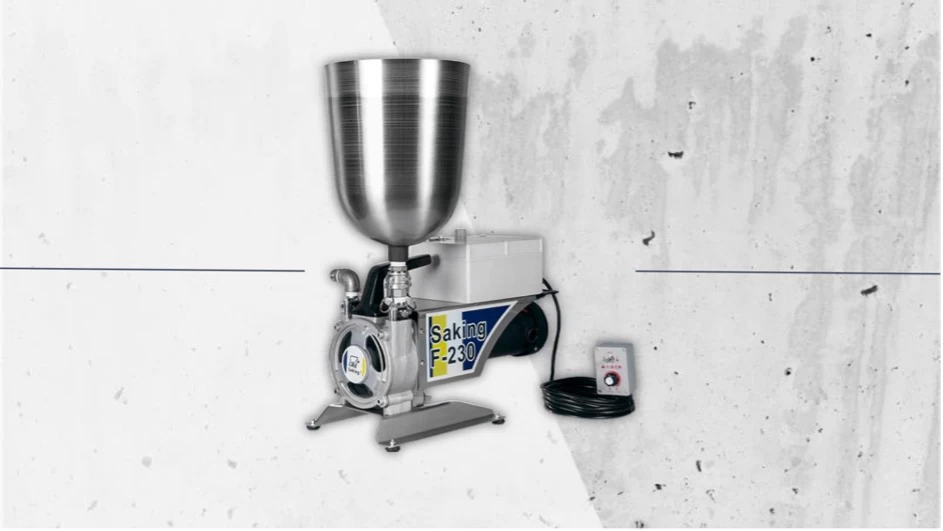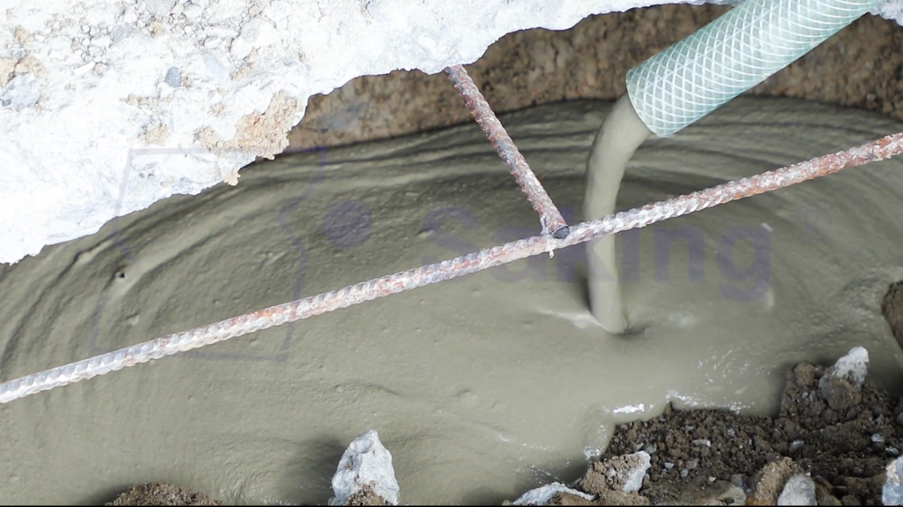Cement Grouting Machine Comprehensive Guide: From Basic Concepts to Practical Applications

Cement grouting machines are essential equipment in construction, significantly accelerating foundation work such as laying concrete foundations, filling gaps around window frames, and sealing holes. These machines primarily transport grouting materials to the required locations stably and efficiently. This article will use the F-230 cement grouting machine as an example to explain its working principles, applications, type differences, and how to choose and maintain it. Detailed product features will also be provided for user reference.
Grouting Materials and Cement Grouting Machine Basic Concepts
Grouting materials are high-density, flowable substances made by mixing water and cement. Due to their excellent filling properties and stability, these materials are widely used in construction projects. They fill gaps in building structures, seal frame joints, and enhance structural stability. The F-230 cement grouting machine is designed to handle such high-flow materials, offering stable delivery performance that improves construction efficiency, reduces material waste, and minimizes human error.
The F-230 cement grouting machine features multiple functions, such as handling high-flow cement and flexible materials, ensuring continuous delivery stability. It is suitable for wall repairs, structural reinforcement, and various detailed filling tasks.
Core Applications of Cement Grouting Machines
Grouting materials serve a variety of functions in construction, improving the strength and durability of building structures. When grouting materials fill internal gaps in concrete blocks, they significantly enhance structural stability. Additionally, using grouting materials improves insulation and waterproofing properties, particularly around window frames and pipes, greatly reducing heat loss and preventing water infiltration. The F-230, as a high-efficiency cement grouting machine, ensures that materials will not clog or cure prematurely during transport, reducing wear and extending the building's service life. Thanks to its stable pressure delivery, the F-230 helps construction teams complete tasks faster and more accurately, thus reducing the need for labor resources.

Classification and Function Differences of Cement Grouting Machines
Cement grouting machines on the market are categorized into several types based on their power source and functional requirements:
- Manual Cement Grouting Machine: Simple to operate, suitable for small repair projects. Although it is cost-effective, it is less efficient and cannot meet large-scale construction demands.
- Electric Cement Grouting Machine: Powered by electricity, offering stable delivery and ease of operation, making it ideal for medium and small-sized projects. The F-230 belongs to this category, with its electric drive system delivering stable pressure, making it perfect for medium to high-flow construction scenarios.
- Pneumatic Cement Grouting Machine: Uses compressed air as the power source, suitable for high-precision construction projects. Its stability makes it the preferred choice for projects that require tight delivery control.
- Hydraulic Cement Grouting Machine: Powered by hydraulics, capable of handling high pressure and large flow demands, typically used on large construction sites.
Each of these types has unique features, but the F-230 is particularly popular in medium and small-sized projects. Its efficiency and stable performance make it the go-to choice for many construction teams.
Differences Between Cement Grouting Machines and Concrete Pumps
While cement grouting machines and concrete pumps may appear similar, their applications and functions differ significantly. Cement grouting machines are designed for delivering diluted materials (such as cement and flexible materials), whereas concrete pumps are built to handle large volumes and heavy concrete materials. Therefore, cement grouting machines are better suited for precise filling tasks, such as window frame repairs or wall reinforcement, whereas concrete pumps are typically used for large-scale concrete pouring in infrastructure projects.
Cement grouting machines also offer more precise delivery, especially models like the F-230, which provides stable pressure control. This ensures that it meets the requirements for fine construction, particularly in environments that demand strict control over material delivery.
Choosing the Right Cement Grouting Machine
When selecting a cement grouting machine, it’s important to consider the specific construction needs and project scale. For small household repair projects, a manual pump will suffice, whereas electric cement grouting machines like the F-230 are ideal for medium to small-sized projects. For large construction projects, pneumatic or hydraulic-powered equipment is better suited, as they can provide high-efficiency delivery and handle larger flow demands.
In addition to its stable delivery, the F-230 is a popular choice due to its durability and easy-to-use design. Users can adjust the delivery pressure according to project needs, ensuring high efficiency while reducing material waste and equipment wear.
Conclusion
As a core piece of equipment in modern construction, the selection and operation of cement grouting machines profoundly impact project progress and final results. High-performance machines like the F-230, with stable delivery, easy operation, and durable design, have become the go-to equipment for medium and small projects. By selecting the right equipment, maintaining it properly, and using high-quality grouting materials, construction teams can significantly improve project efficiency while ensuring the long-term stability and durability of the structure.
Update: 2025-03-31
